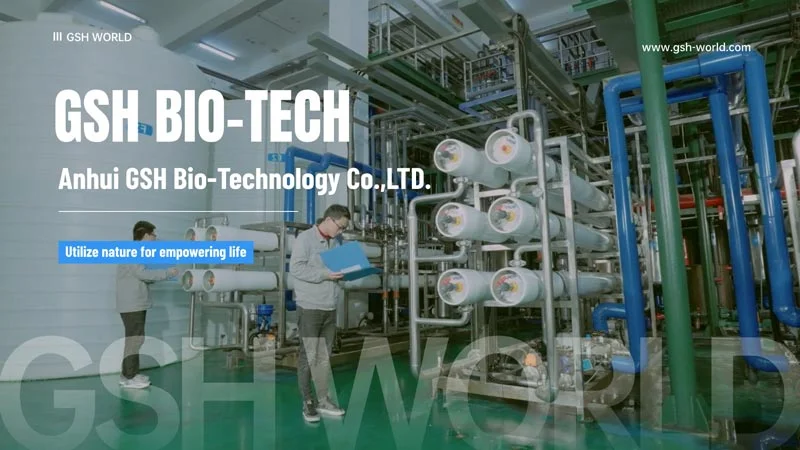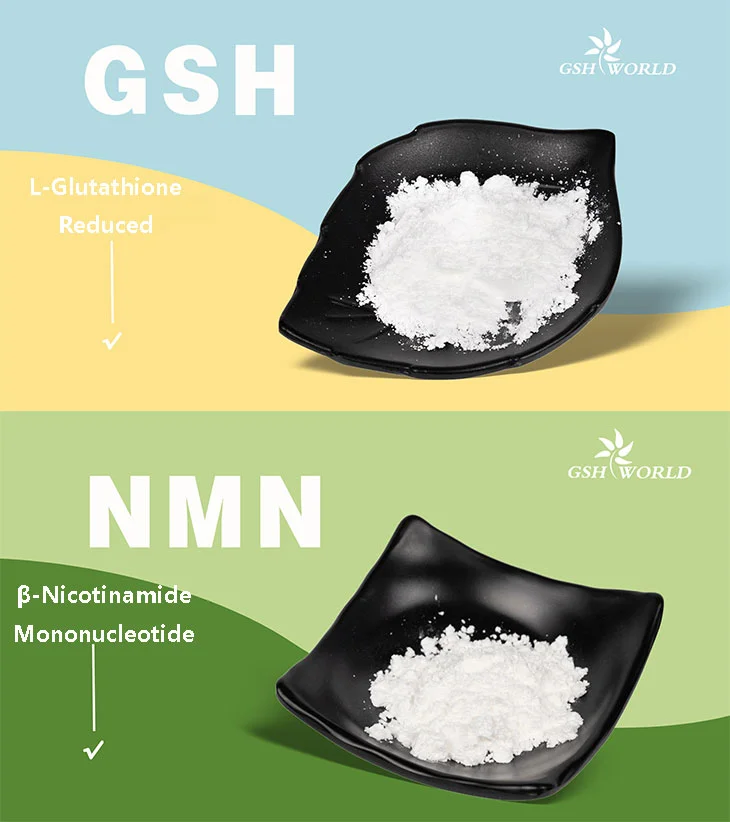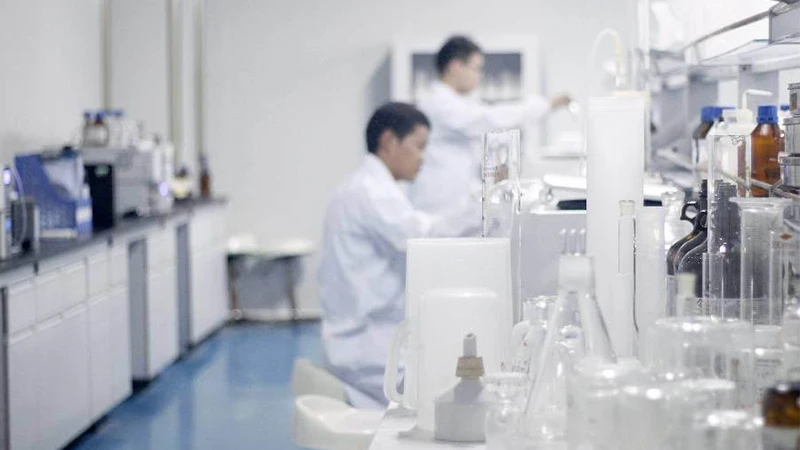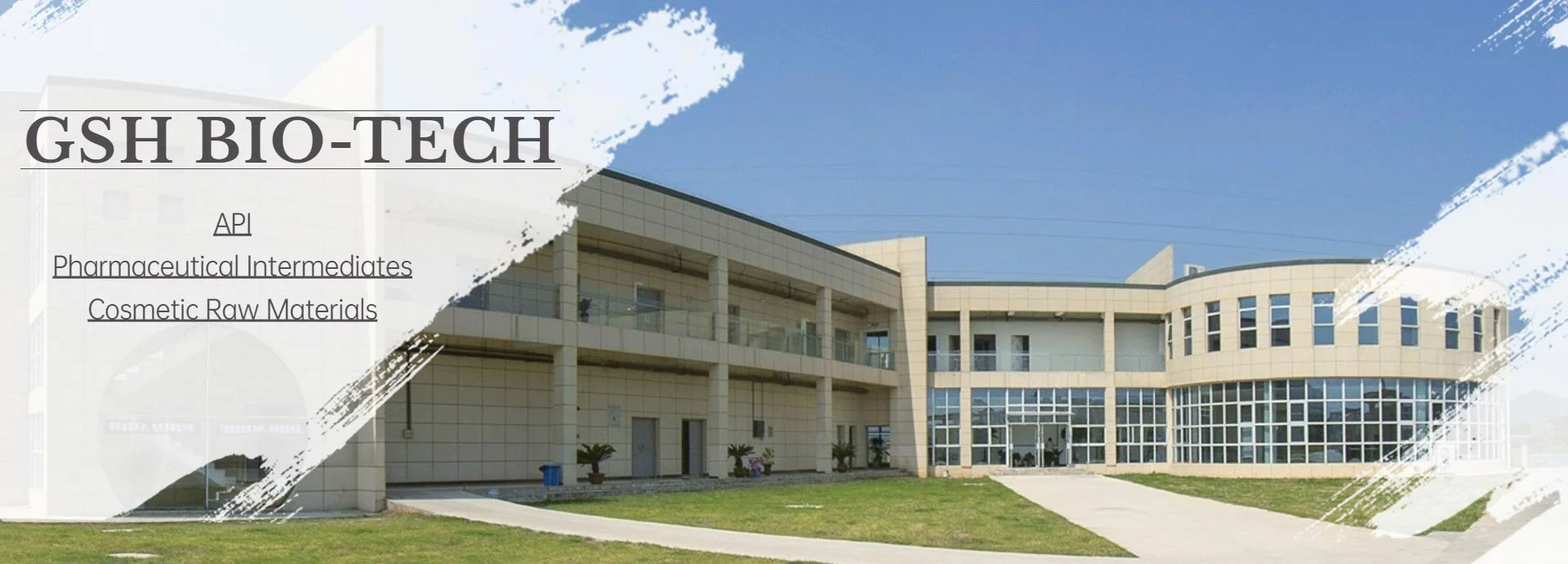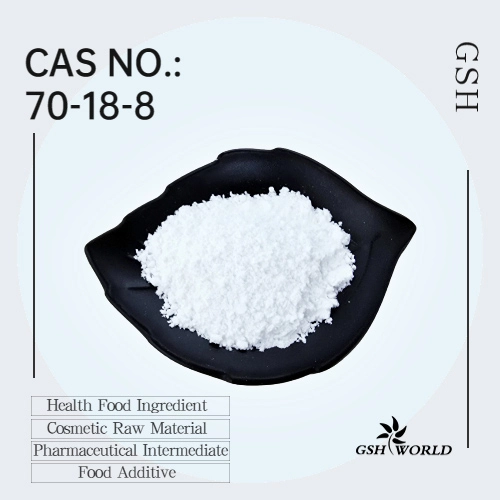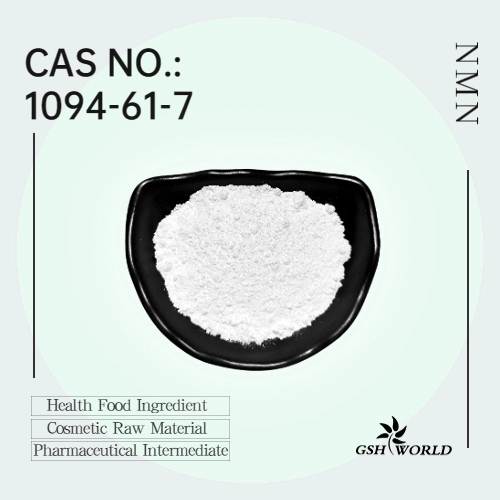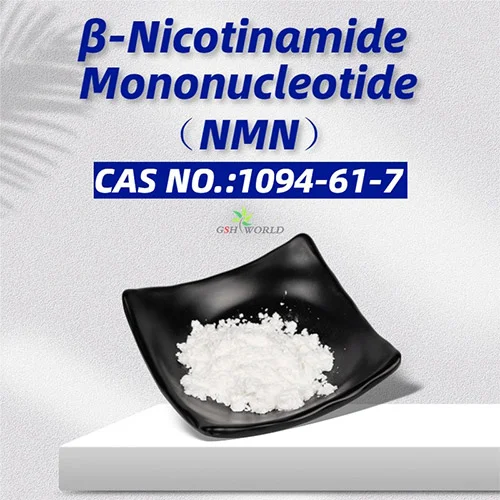Chemotherapy resistance mechanism of glutathione in ovarian cancer
Chemotherapy resistance in ovarian cancer is associated with multiple mechanisms, including DNA repair, autophagy, metabolic reprogramming, multidrug resistance gene expression, epithelial-mesenchymal transition, etc. In recent years, a large number of studies have found that reduced glutathione (reduced glutathione, GSH) is also involved in the process of ovarian cancer chemotherapy resistance.
GSH has multiple functions in cells, as a reactive oxygen species (reactive oxygen species, ROS) scavenger, xenobiotic detoxifier and cysteine storage. The biological role of GSH has two sides. On the one hand, it can maintain normal cell homeostasis; on the other hand, it can reduce the damage of chemotherapy drugs to tumor cells and promote chemotherapy resistance.
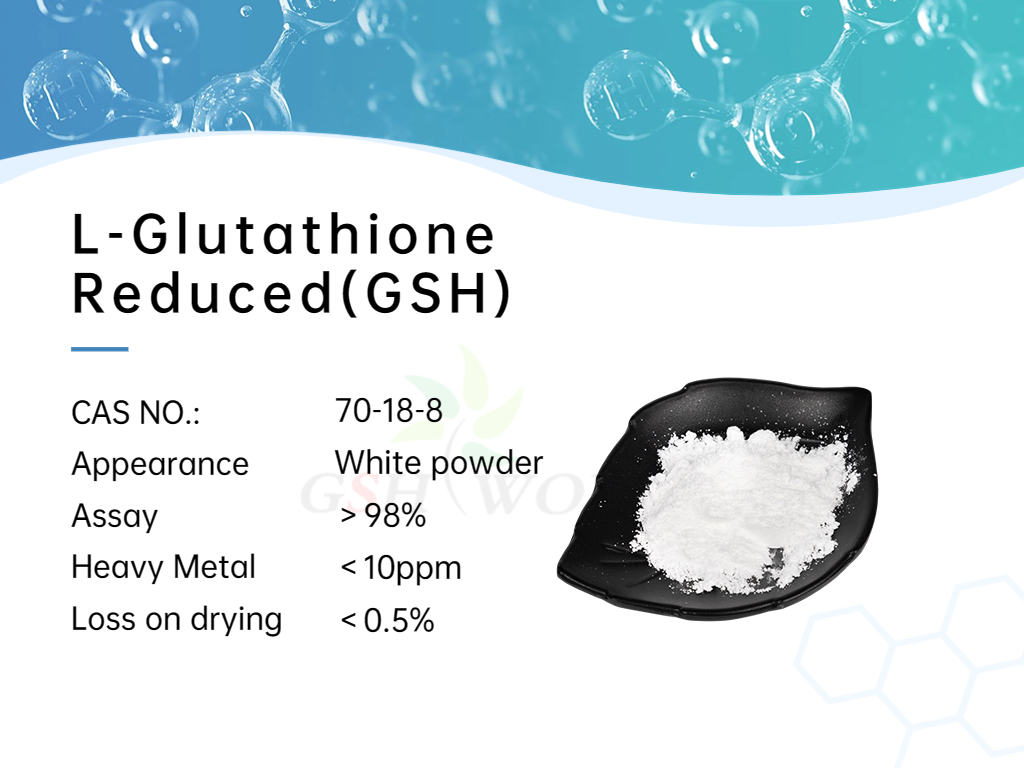
Chemotherapy resistance mechanism of glutathione in ovarian cancer
1. Inhibition of chemotherapeutic drug-induced oxidative stress
The GSH antioxidant system promotes chemoresistance in ovarian cancer by inhibiting chemotherapeutic drug-induced oxidative stress.
Compared with normal cells, tumor cells produce more ROS during the metabolic process and are in a state of oxidative stress for a long time. Chemotherapy drugs cause further oxidative stimulation of tumors on the basis of oxidative stress, causing irreversible damage to cellular lipids, proteins and DNA. damage, leading to tumor cell death.
Long-term chemotherapeutic drug treatment often enhances the antioxidant system in tumor cells, leading to chemotherapeutic drug resistance. GSH and its related metabolic enzymes constitute the most important antioxidant defense system in the body, protecting cells from ROS attacks, and this feature provides conditions for tumor cell chemotherapy resistance.
Recent studies have shown that chemotherapy resistance is closely related to the increase of GSH and its related metabolic enzymes. Asare-Werehene et al found that drug-resistant cell lines produced higher levels of intracellular GSH compared with sensitive ovarian cancer cell lines. The high concentration and high reactivity of GSH in tumor cells lead to chemotherapy resistance through anti-oxidative stress.
In melanoma cells, inhibition of GSH can significantly promote oxidative stress, increase cytotoxicity, and promote cell death. The above studies have shown that GSH can promote ovarian cancer chemotherapy resistance by inhibiting chemotherapy drug oxidative stress.
2. Promote the inactivation of chemotherapy drugs
The GSH antioxidant system promotes the inactivation of chemotherapeutic drugs by regulating the transport and metabolism of chemotherapeutic drugs, leading to chemotherapy resistance of ovarian cancer.
The anti-tumor mechanism of chemotherapeutic drugs is mainly to form inter-strand or intra-strand cross-links by covalently binding with tumor cell DNA, destroying DNA replication and inducing cell apoptosis. Under the action of GST, GSH combines with chemotherapeutic drugs entering the cell to form a complex, and transfers to the outside of the cell through MRP, reduces the concentration of intracellular chemotherapeutic drugs, and hinders the DNA damage of chemotherapeutic drugs to tumor cells. Strong, conducive to the excretion of chemotherapy drugs.
The carboplatin-lauric acid nanoparticle developed by Liang et al. is a small molecule nano-drug that is sensitive to redox and can preferentially react with GSH, reduce the level of GSH in cells, prevent the combination of GSH and platinum drugs, and promote the combination of platinum drugs and DNA cross-linking of tumor cells can reduce the resistance of chemotherapy drugs and improve the effect of chemotherapy.
Studies by Zhang et al. have shown that the mild hyperthermia triggered by near-infrared light can reduce the content of GSH by promoting the iodine-thiol substitution click reaction between GSH and iodide, weaken the detoxification effect of GSH on platinum drugs, and improve platinum sensitivity; It can also further enhance the killing of tumor cells and improve the effectiveness of chemotherapy by increasing the ratio of highly toxic and irreparable platinum-DNA cross-links.
GST is highly expressed in tumor cells, which can accelerate the inactivation of chemotherapy drugs and reduce their anti-tumor efficiency. In vitro experiments showed that the expression of GST was significantly up-regulated in paclitaxel/platinum-resistant ovarian cancer cell lines, and the sensitivity of cells to chemotherapeutic drugs was significantly enhanced after inhibiting the expression of GST.
Under the treatment of paclitaxel/platinum, knocking out the GST gene significantly decreased the viability and proliferation of ovarian cancer cells. Ethacrynic acid can effectively reduce the activity of GST.
Studies have found that the nanogel encapsulated with ethacrynic acid and cisplatin can effectively inhibit the activity of GST and increase the accumulation of cisplatin in tumor cells. In vivo and in vitro experiments showed that the combination of GST inhibitor-modified cisplatin prodrugs and nanoparticle encapsulation could significantly increase the intracellular cisplatin concentration and enhance the antitumor efficacy.
3. Promote DNA damage repair
The GSH antioxidant system promotes chemoresistance in ovarian cancer by participating in the repair of DNA damage caused by chemotherapeutic drugs.
High levels of GSH are essential for maintaining DNA synthesis and repair in the nucleus. The key mechanism is that the high ratio of GSH/GSSG in the nucleus is necessary to maintain the activity of ribonucleotide reductase, the rate-limiting enzyme of DNA synthesis, to ensure the reduction of ribonucleotides to deoxyribonucleotides, and to keep the protein sulfhydryl group in a reduced state. maintain the stability of the nucleus. GST is also involved in DNA damage repair of tumor cells.
DNA topoisomerase Ⅰ (topoisomerase Ⅰ, Topo Ⅰ) plays a key role in DNA replication, transcription, recombination and repair. It is at a high level in tumor cells, especially in ovarian cancer cells, and is an important target of anti-tumor drugs .
Studies have found that GST can be combined with Topo Ⅰ, and the expression in chemotherapy-resistant cells has a synergistic effect. In ovarian cancer drug-resistant cells, GST is combined with Topo Ⅰ, and the two are synergistically increased under the action of paclitaxel and carboplatin to repair damaged DNA.
After knocking out the GST gene, the expression of Topo Ⅰ is significantly reduced, and the DNA repair ability is significantly weakened. This study shows that GST is related to the DNA damage repair gene Topo Ⅰ, and participates in the DNA damage repair process of ovarian cancer drug-resistant cells.
The article comes from Progress in Obstetrics and Gynecology, author Han Mingxuan et al.
*Special note - This article is for informational purposes only and cannot replace a doctor's treatment diagnosis and advice. It should not be regarded as a recommendation or proof of efficacy of the medical products involved. If it involves disease diagnosis, treatment, and rehabilitation, please be sure to go to a professional medical institution to seek professional advice.
PREVIOUS: NMN replenishes NAD+ in the aging brain
by GSHWORLD
GSHWORLD is China Biological API Manufacturer. China Glutathione Supplements powder suppliers & best Glutathione benefits raw material Factory.

